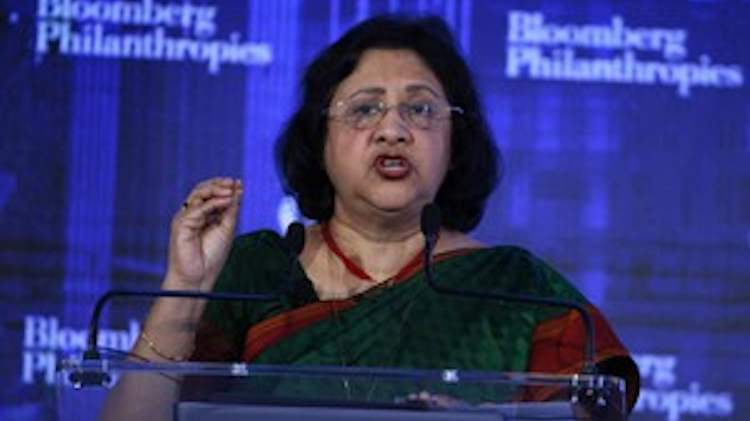Payments
‘A story the world needs to invest in’: Inside SBI’s inclusion efforts
- Investors have a civic duty to advance financial inclusion efforts, according to the chairwoman of the State Bank of India
- Of course financial inclusion initiatives aren't very lucrative, that's why it's up to investors to rethink premiums versus discounts









